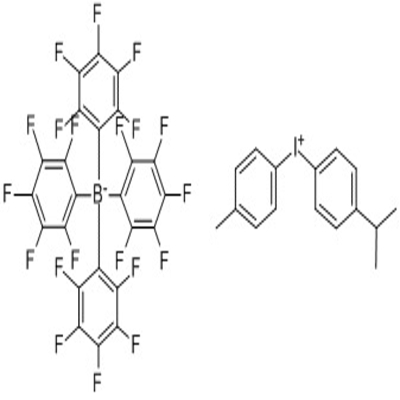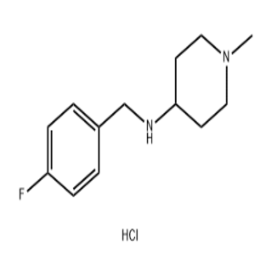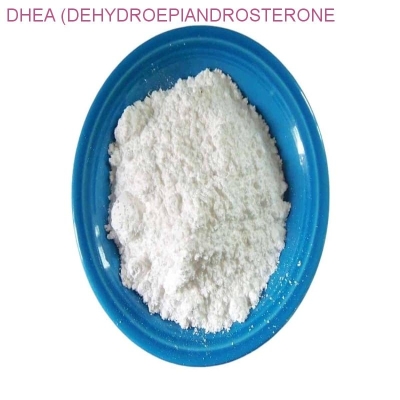Scientists identify potential therapeutic targets of MS and hope to develop new therapies
-
Last Update: 2020-02-19
-
Source: Internet
-
Author: User
Search more information of high quality chemicals, good prices and reliable suppliers, visit
www.echemi.com
Recently, a research report entitled "mafG driven astrocytes promote CNS inflammation" published in the international journal Nature revealed the molecular mechanism of astrocytes driven by mafG promoting inflammation of central nervous system through research MS, multiple Sclerosis) is a chronic inflammatory disease of the central nervous system, and it is also a rare disease, which occurs in the young and middle-aged people aged 20-40 years The damage and peeling of the myelin sheath of the patients results in the damage of their spinal cord, brain and optic nerve functions Generally, the patients' neurological disability will gradually increase after the onset of the disease, which will make them lose their self-care ability Blindness and even loss of life Astrocytes are involved in the pathogenesis of multiple sclerosis, but at present, researchers are not clear about the heterogeneity of astrocytes and its regulatory mechanism; in this study, the researchers use single cell RNA sequencing technology in combination with cell-specific ribotag RNA analysis was used to analyze the function and characteristics of astrocytes in multiple sclerosis At the same time, experimental autoimmune encephalomyelitis, a preclinical model, was studied In this paper, researchers used ATAC SEQ, chip SEQ, genome-wide DNA methylation analysis technology and in vivo crispr-cas9 genetic interference technology According to the researchers, the astrocytes they identified in EAE and multiple sclerosis are characterized by decreased Nrf2 gene expression level and increased mafG gene expression level These two genes may cooperate with mat2a to promote DNA methylation and inhibit the antioxidant and anti-inflammatory transcription programs of the body Granulocyte macrophage colony stimulating factor (GM-CSF) signal in astrocytes can drive the expression of mafG and mat2a and promote inflammatory transcription regulation, so as to promote the pathological expression of central nervous system in EAE and multiple sclerosis In this study, researchers have identified a potential therapeutic target, which may help researchers to develop treatment for multiple sclerosis in the later stage A new treatment for multiple diseases such as sex sclerosis Original source:
This article is an English version of an article which is originally in the Chinese language on echemi.com and is provided for information purposes only.
This website makes no representation or warranty of any kind, either expressed or implied, as to the accuracy, completeness ownership or reliability of
the article or any translations thereof. If you have any concerns or complaints relating to the article, please send an email, providing a detailed
description of the concern or complaint, to
service@echemi.com. A staff member will contact you within 5 working days. Once verified, infringing content
will be removed immediately.







